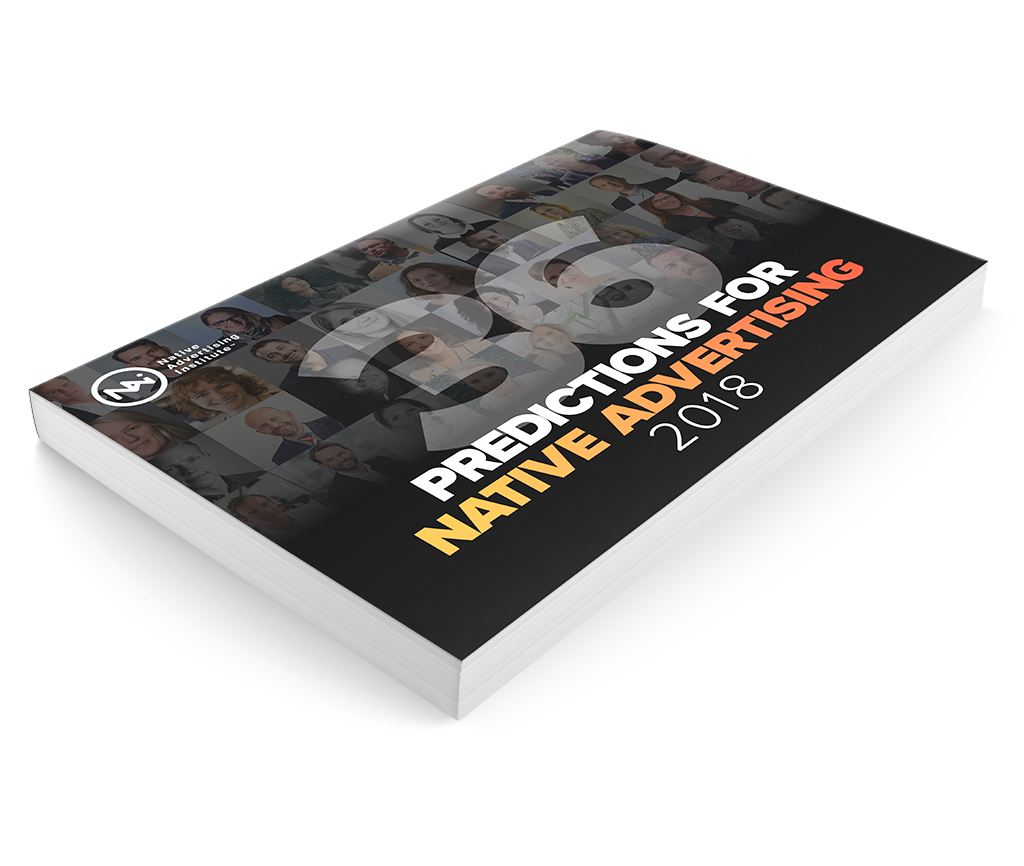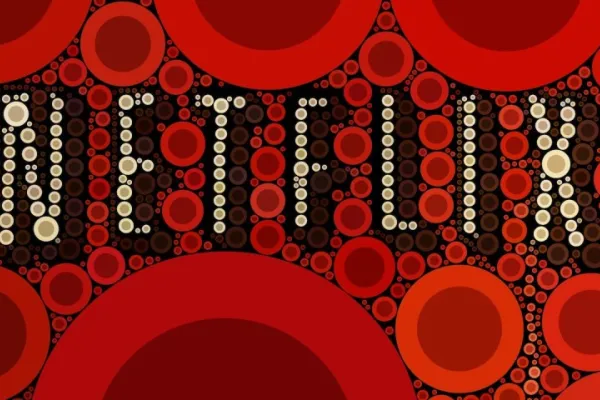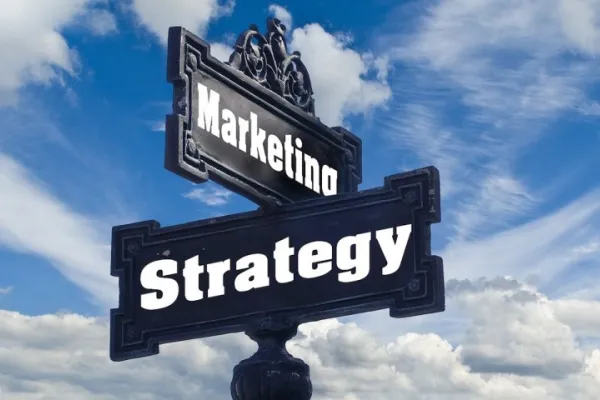 Details
Details
"One of the things about journalism that relates so closely to native advertising is the desire to put your readers first. If you put your readers' interests and what they care about at the centre, the content that you create is going to resonate with them much more fully and really have a much bigger impact. Brand storytellers should definitely take that lesson from the world of journalism and make sure their readers are at the centre of everything they create," says Melanie Deziel, Branded Content Consultant.
That is why thinking like a journalist might help you become even more awesome at native advertising.
We interviewed Melanie Deziel when she was a speaker at Native Advertising DAYS 2017 and asked her to share some tips and tricks about how to think like a journalist to create great branded content.
Below are highlights from the interview which have been slightly edited for clarity.
Anytime something is different that's a good indication that there's something worth digging into.
Look for anything different
Thinking like a journalist, it's one of those things that's kind of hard to teach, I think. Because for most journalists it just comes naturally to us, we couldn't really explain to you why we know something is a good story. It's just kind of in your gut.
But what we look for is things that are different. Anytime something is different that's a good indication that there's something worth digging into.
RELATED: More Publishers Let Their Editorial Team Produce Native Advertising
Back up your arguments
It's also important to look for reputable sources. Journalists - the good ones - are always trying to find reputable sources whether it's a research study or an expert quote, or data to back up what you're saying.
You have to let the story take you where it needs to take you.
Let the story unfold
The other thing we really try to do is act in service of your audience. There are very few journalists who wake up in the morning and decide that this is what I want my audience to believe. You have to let the story take you where it needs to take you.
If you go into a story with a preconceived notion of what it will end up like, you put pressure on yourself and sometimes you force something that doesn't work.
RELATED: Can a Branded Content Studio Have a Place at the News Desk?
Letting the story unfold and develop is one of the key things that make journalists so flexible and helps lead them to stories that they might not ever have set out to tell to begin with.
If you can adopt those things as a brand then you can probably create more journalistic stories.
We're not waking up in the morning and just wondering when the next press release is going to come.
No one wants to hear about your new product
The other thing you need to do is make sure that you are thinking about what makes your story unique. It's really easy for marketers to think that everything they do is interesting and everyone wants to hear about their new product.
But it's really important to really think about what users don't know and how you can show them what's important about your brand and your product and not just tell them why you're so special.
RELATED: 3 Things You Need to Know About Your Audience to Create Perfect Native Ads
I think most brand marketers they think that their company's existence, or their products' existence, or a press release is particularly important to most consumers and it's not. We know that as consumers. We're not waking up in the morning and just wondering when the next press release is going to come.
So you really have to think about what's special? What are you doing that's different or surprising? Are you the first to do something? Are you the only person doing something? What's different about your product, the way it works, how you came up with the idea?
Really try to find that unique differentiator that makes your story different and more important than every other story that consumer is going to be bombarded with throughout the day.
You can kind of tap into newsworthy content by looking at larger trends.
Tap into newsworthy content
I think creating newsworthy content is sometimes tough as a brand. We recognize that the pace at which the news environment moves is so fast. It can be really intimidating if you don't have the resources to turn around content in one day or even in one week.
So you can kind of tap into newsworthy content by looking at larger trends. Things like what season is it? Is it back-to-school time? Or is it Thanksgiving? The holidays? Winter? You can also look at cultural trends. What are the things that are part of societal conversation? What are people interested in? What's really top of mind?
RELATED: Brands Need to Understand that Native Advertising Is Not About Instant Results
And if you're able to have conversations that are related to what's happening in the news, it gives you a little bit more of a longer timeline to create related content. So you can still tap into those trends without having to be looking at your watch wondering when your legal team is going to give you approval to set something live.
It helps to look for evergreen opportunities and content that continues to be relevant long after it's published.
Create sustainable content
Obviously, when you're creating a branded content program, you want to get the most for your money. You don't want to create something that's relevant for a week and then drops off the map. So to really capitalize on the investment that you're making in content, it helps to look for evergreen opportunities and content that continues to be relevant long after it's published.
RELATED: Why the Experts Believe Editorial Resources Are Crucial in Native Advertising
A great way to do that is to teach. If your content is showing people how to do something, or giving them history and background, going really deep on a topic and giving them a lot of background information, really sharing history or a person's experience and their life story then the content lives on for a long time. And it will continue to be relevant to the audience, whether they find it today, or a year from now, or sometimes five years from now.
Looking for those opportunities to tell a story that stays relevant is really the best way to make sure that your investment lives on.
Be open to changes
As a brand, you might set out saying I want to tell a story about our history, or I want to tell a story about our new product and how it helps people.
But you don't want to set out saying I want to find a mom, age 32 with two children who can say how our product helps people. You're really putting yourself in a box. Perhaps the best person to tell that story doesn't fit your initial idea. So you want to have a guiding principle of perhaps how you'd like that story to turn out, but you also need to be open to the possibility that if you're ignoring the story as it unfolds, you're probably missing out on a much better story.
So understand your guiding principle but be open to the details changing. That gives you the best chance to get the most natural version of that story and that's the version that's really going to sit with your audience and stay in their head.
Want more from Melanie Deziel? She is featured in this ebook with 36 experts predicting the most important developments for native advertising in 2018.



